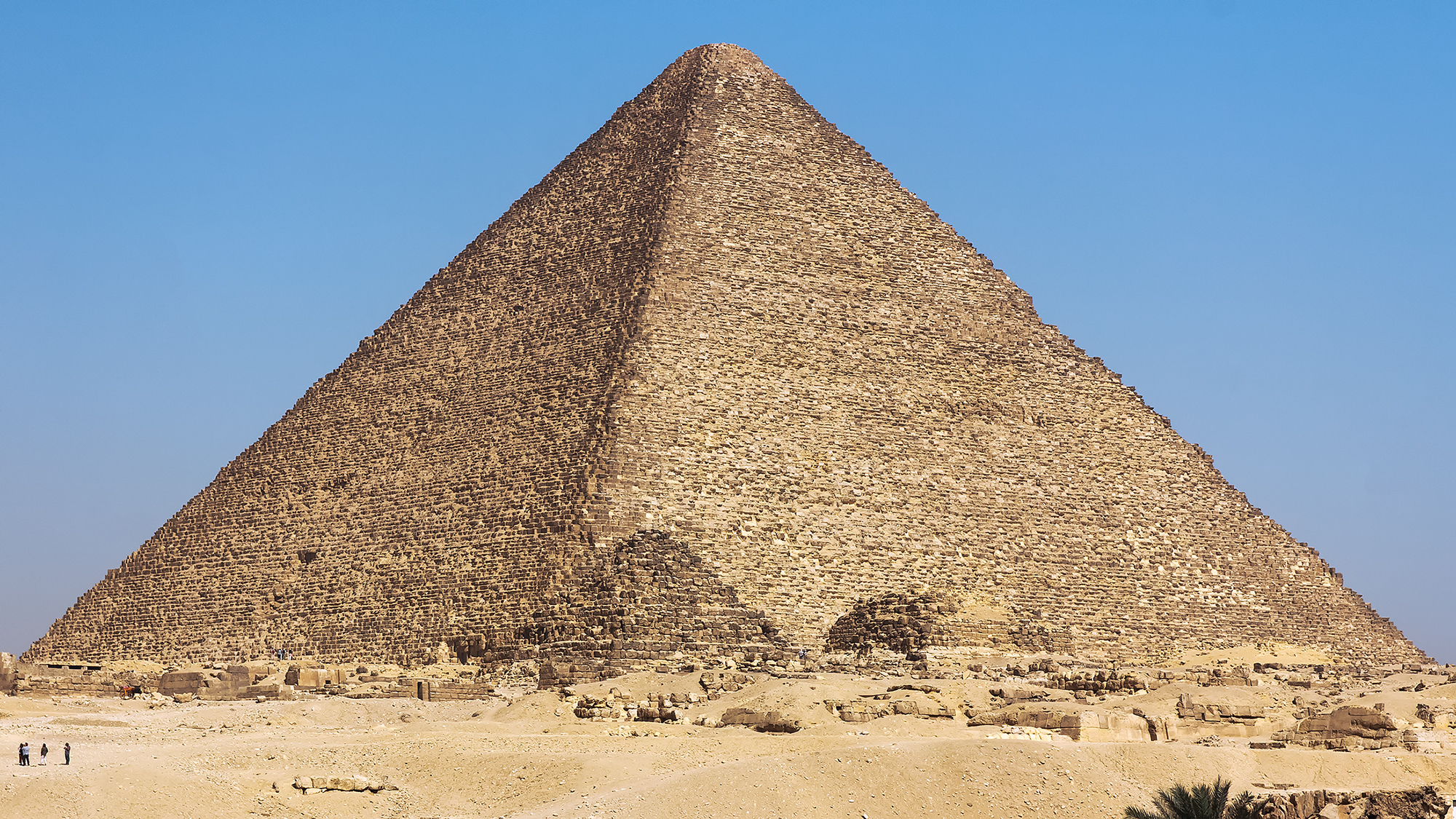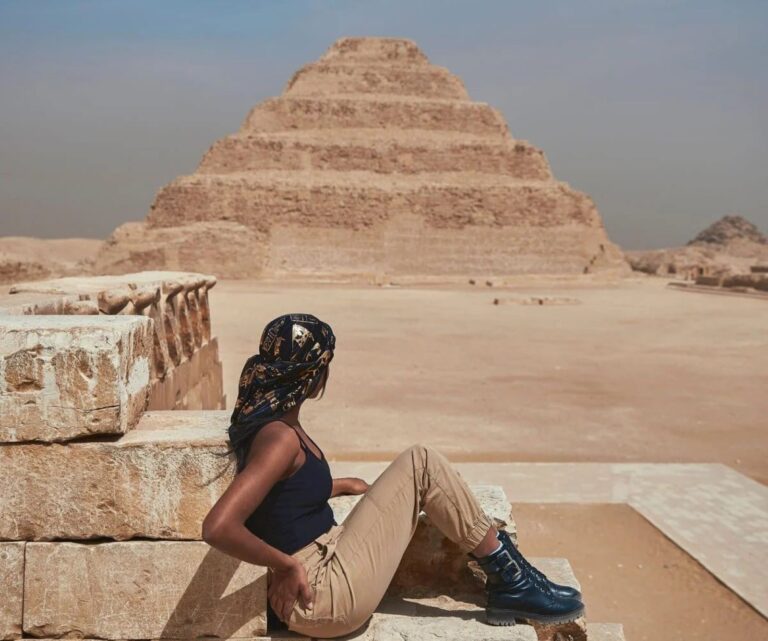Imagine standing before the Great Pyramid, but instead of fighting through chaotic crowds and aggressive vendors, you’re experiencing a curated, sustainable journey through 4,500 years of history. This isn’t a dream—it’s the reality of Giza’s revolutionary $30 million transformation that’s redefining what sustainable tourism means at archaeological sites.
For decades, the Giza plateau suffered from overcrowding, environmental damage, and an experience that left many visitors feeling disconnected from the ancient wonders they came to see. But the Giza revamp transforming sustainable tourism is changing everything, creating a blueprint that heritage sites worldwide are now studying and implementing.
The Problem That Demanded a Bold Solution
Before the transformation, Giza faced a crisis that threatened both its preservation and visitor experience. Over 15 million tourists annually create:
- Environmental degradation through uncontrolled foot traffic
- Cultural disconnect due to commercialized, rushed experiences
- Infrastructure strain that compromised both safety and authenticity
- Economic inefficiency that failed to benefit local communities
The turning point came when UNESCO issued warnings about the site’s sustainability, forcing stakeholders to reimagine how ancient wonders could coexist with modern tourism demands.
Revolutionary Changes Transforming the Experience
Crowd Management Through Smart Technology
The new system uses advanced booking algorithms and real-time monitoring to limit daily visitors while maximizing meaningful engagement. Gone are the days of sardine-packed pyramid entrances. Instead, visitors now enjoy:
- Timed entry slots that ensure optimal viewing conditions
- Digital guide integration provides personalized historical narratives
- Sustainable transportation hubs reduce carbon footprint by 40%
This iconic archaeological site renovation proves that technology can enhance rather than diminish authentic cultural experiences.
Environmental Conservation Meets Visitor Engagement
The revamp introduces groundbreaking conservation methods that visitors can actually witness and participate in:
Protective Walkways: Elevated platforms preserve the ancient stones while offering photographers unprecedented angles of the monuments. These walkways are constructed from recycled materials and solar-powered lighting systems.
Native Landscape Restoration: The project reintroduced indigenous desert plants that existed during the pyramid’s construction, creating an authentic environmental context that most visitors never knew they were missing.
Carbon-Neutral Operations: Solar panels disguised as ancient stone installations power the entire visitor center, while electric shuttle systems eliminate diesel emissions across the site.
The Ripple Effect: Local Communities Benefit
Perhaps the most remarkable aspect of this transformation is how it’s empowering local communities. The sustainable tourism model ensures that:
- Local artisans now operate within the site, selling authentic crafts in designated cultural zones
- Community guides trained in both archaeology and storytelling lead small-group experiences
- Traditional food vendors offer genuine cultural cuisine in architecturally appropriate settings
This approach generates 60% more local income while reducing the intrusive commercialization that previously plagued the area.
What This Means for Creative Travelers
For photographers, content creators, and cultural enthusiasts, the new Giza offers unprecedented opportunities:
Golden Hour Access: Special early morning and sunset slots provide exclusive access for serious photographers, resulting in content that stands out in an oversaturated market.
Authentic Storytelling: Interactions with local historians and archaeologists offer genuine narratives that go beyond typical tourist information.
Sustainable Content Creation: The site now provides resources for creators to produce content that educates audiences about responsible heritage tourism.
 Wikipedia: The Great Pyramid in May 2023
Wikipedia: The Great Pyramid in May 2023
Global Impact: A Model for Heritage Sites Worldwide
The success of Giza’s transformation is inspiring similar projects at other iconic archaeological sites. Petra, Machu Picchu, and Angkor Wat are all studying the Giza model to address their own sustainability challenges.
This approach proves that preserving cultural heritage and managing tourism aren’t mutually exclusive goals—they can be mutually reinforcing when approached with innovation and respect for both the past and future.
Planning Your Sustainable Giza Experience
The new booking system opens reservations three months in advance, with premium experiences (sunrise access, archaeological workshops, local community interactions) available for those seeking deeper engagement.
Pro tip: Book midweek visits during shoulder seasons for the most authentic experience and best photographic opportunities.
The Future of Cultural Tourism
Giza’s transformation represents more than infrastructure improvement—it’s a fundamental shift toward tourism that respects, preserves, and celebrates cultural heritage while creating meaningful experiences for visitors.
As travelers become increasingly aware of their impact, destinations that prioritize sustainability and authenticity will emerge as leaders in the tourism landscape. The Giza revamp transforming sustainable tourism isn’t just changing how we visit ancient wonders; it’s changing how we think about the relationship between past and present.
Ready to experience this revolutionary approach to heritage tourism? The ancient wonders await, better preserved and more accessible than ever before.
Have you experienced sustainable tourism at archaeological sites? Share your stories and photography in the comments below, and don’t forget to follow us for more insights on responsible travel to the world’s most incredible destinations.





0 Comments